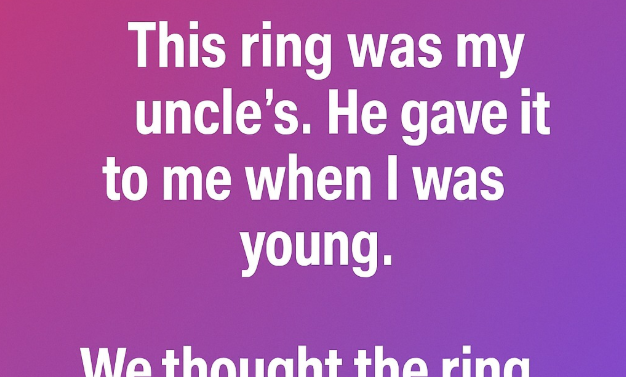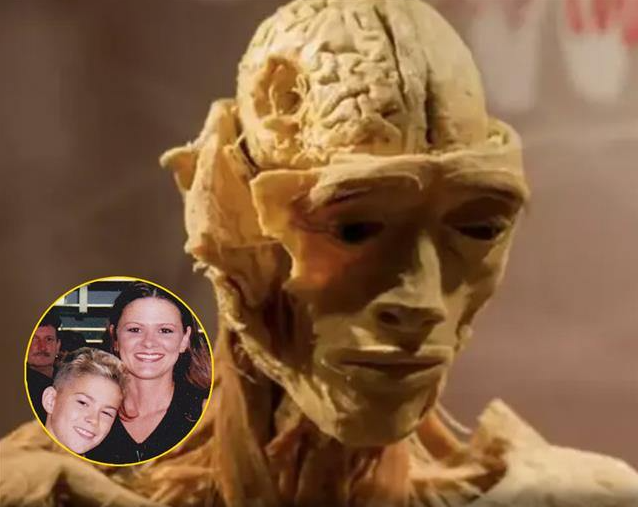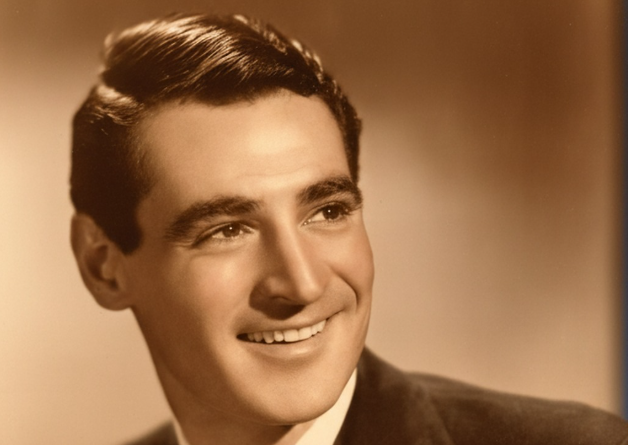As a young child, my uncle handed me a modest ring. It appeared plain, somewhat weathered, and faintly tarnished, yet he urged me to cherish it, hinting that it would hold special significance someday. Back then, I didn’t give it much thought—it was merely a piece of jewelry tied to memories of him. Over time, I wore it now and then before stowing it in a small keepsake box. Life carried on, and my focus drifted elsewhere.
Many years later, while sorting through cluttered drawers, I rediscovered the ring. My partner and I chuckled over its aged, unremarkable appearance, speculating it might be crafted from brass or something similar. On a whim, we decided to visit a local jeweler to uncover its true value. The jeweler examined it closely, then looked up with a spark of surprise in his eyes. “This isn’t brass, you know,” he said softly.
He revealed that the ring was forged from pure gold, meticulously handcrafted, and likely more than a century old. My uncle had never hinted at its worth, yet I realized he must have understood its true value all along. The ring held more than monetary worth—it was a vessel of history, affection, and silent kindness. Holding it in my hands, I stood in awe, grasping what now felt like a cherished heirloom brimming with meaning.
That day, selling it never crossed my mind. Instead, I brought it home, carefully polished it, and slipped it onto a chain to wear close to my heart. It served as a reminder that true worth often lies beneath a humble surface. My uncle had given me more than a golden ring—he’d imparted a timeless lesson: the most unassuming gifts can hold profound significance, waiting patiently for the moment their value shines through.






